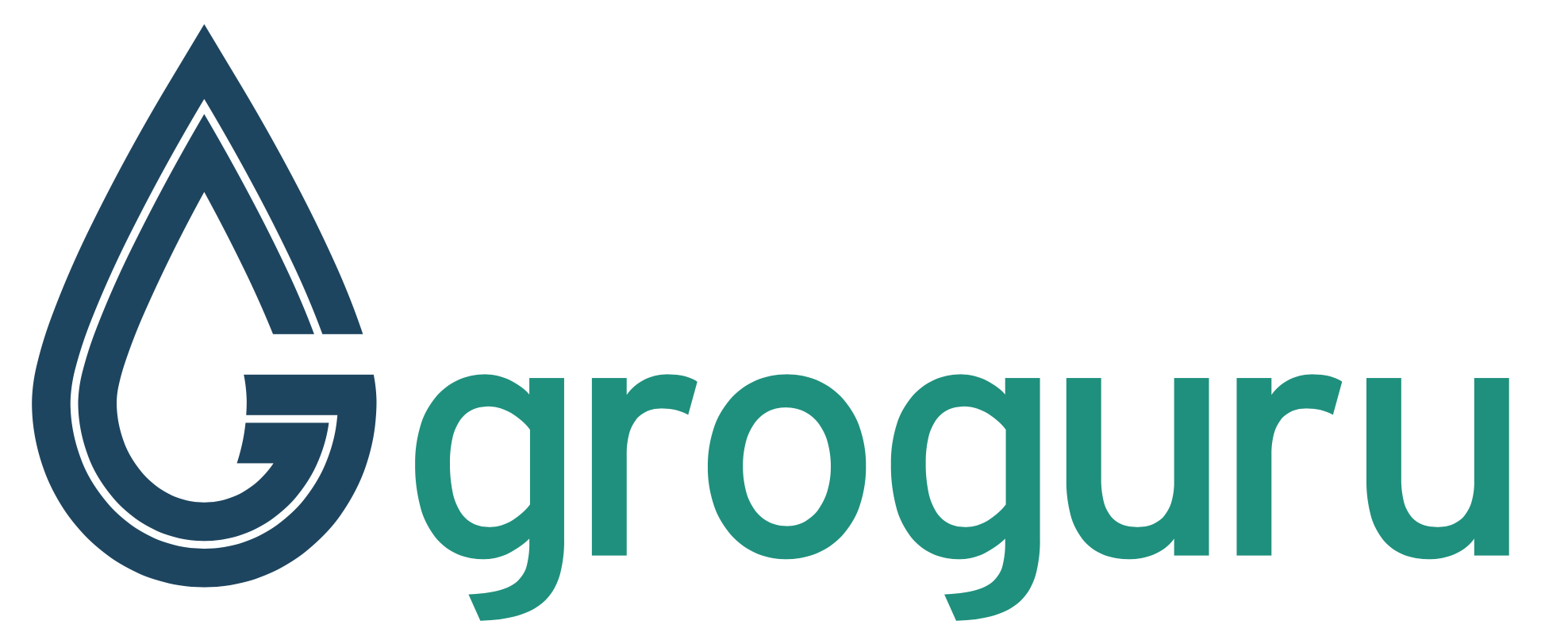As GroGuru continues to break boundaries and revolutionize the market for irrigation management, we understand that there may be a few questions or concerns around the credibility of such product. We are here to show you that we are not afraid of those questions! We welcome them!
Below is one of the challenges we were presented with, from a large grape farmer in California:
“I’m guessing that the probes are using electro-conductance to measure the amount of water and salinity. They may degrade over time, or materials may have improved. The limitation is that the sensors are only measuring moisture in a relatively limited volume of soil. In that regard not that much different from other soil sensors. Remote sensing and data input is nice from a labor point of view, which should save on office input time also. Other sensors, and likely this system, are less accurate in heavy soils. Salinity is not normally a problem on most of the ground on the ranch unless we are pumping lots of underground water in some places.”
To that, we had our Co-Founder, and Chief Architect respond:
“Our sensors measure capacitance and soil conductivity as well as temperature. The capacitance is related to soil moisture, while the conductivity is related to soil salinity. We do indeed measure a limited soil volume, but in actuality this is a much larger volume than any other sensor and is not nearly as soil dependent or subject to loss of response under soil shrinking conditions such as in clays. Our sensors also produce volumetric soil moisture- a measurement that is far better suited to tracking irrigation events, ET, etc. than the tension-based measurements produced by competitor sensors. In addition, we don’t suffer from a lack of response at both the wet and dry ends of the soil moisture spectrum like other sensors and all other tension-based measurement while also providing soil salinity information, which while not an issue for all growers, is a growing concern in agriculture- especially with efficient irrigation management.”
Our Co-Founder and CTO also chimed in:
“Our sensors do indeed measure moisture in a relatively limited area but we place the sensors in representative areas; this has resulted in several of our existing farmers benefiting from the recommendations provided by us. For example, one customer growing almonds increased his yield from 1700 lbs/acre to 2100 lbs/acre. Our game changing technology will easily result in even corn farmers increasing their yield resulting in significant improvement to their bottom line.”
We appreciate feedback like this, as it gives us a chance to address any questions or concerns at hand. So please, leave a comment and let us know your thoughts! 🙂

